With the unveiling of the all-new 2023 Dodge Hornet (GG) on Tuesday, the internet exploded with comments about the newest C-SUV. Some were good, while others were bad.
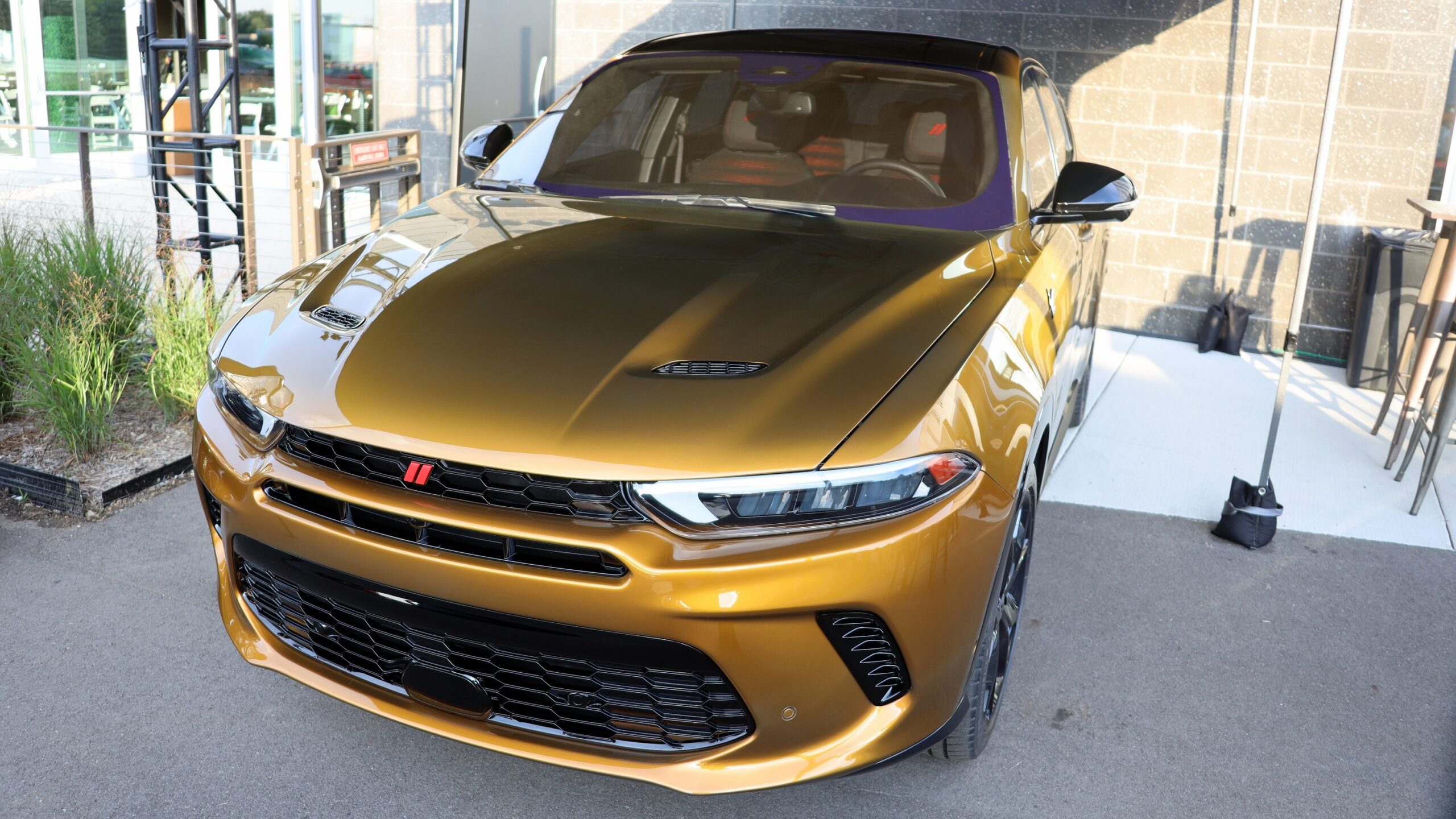
Most of the bad was Dodge’s fault, due to the announcement that the HEMI was coming to an end in the brand’s passenger cars lineup after 2023. Then the American performance brand showcases a new mainstream compact SUV with plug-in hybrid (PHEV) technology and it caused many to think what is happening over in the Dodge offices.
It didn’t take long for Dodge CEO, Tim Kuniskis to address the situation during the third and last day of Dodge Speed Week events.
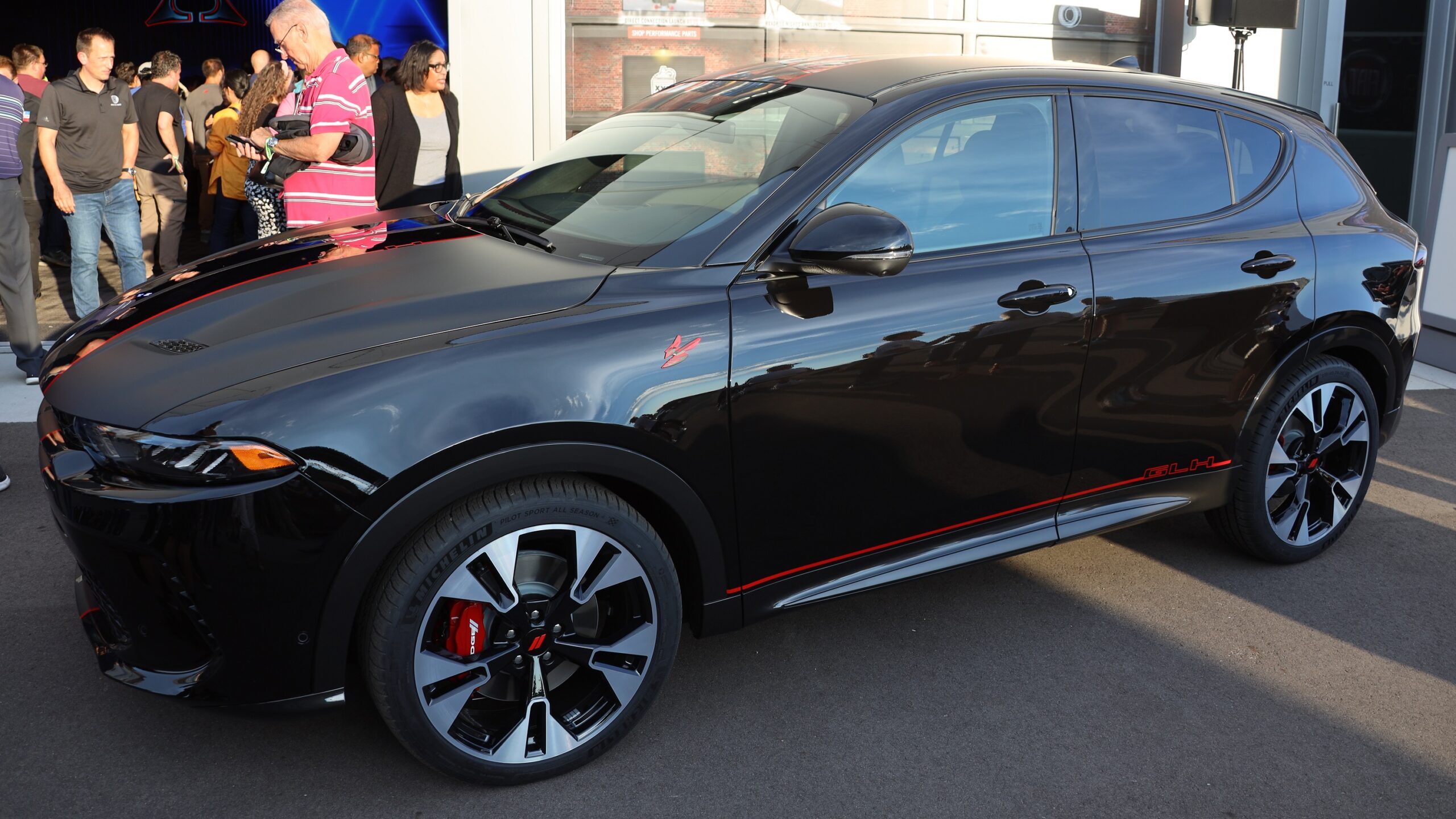
“It took Dodge years to enter the massive compact UV segment and the response was exactly what we expected,” explained Kuniskis. “Some of you were pissed, some of you think we sold out. Well, I guess it depends on your definition of sold out because since 8 a.m. this morning we received 14,000 orders.”
Mind you that Kuniskis mentioned this on stage at about 7:15 p.m., meaning that the Hornet sold about 1,272 units an hour. And remember, that is without officially releasing pricing or any information via the Dodge.com website about the new Hornet.
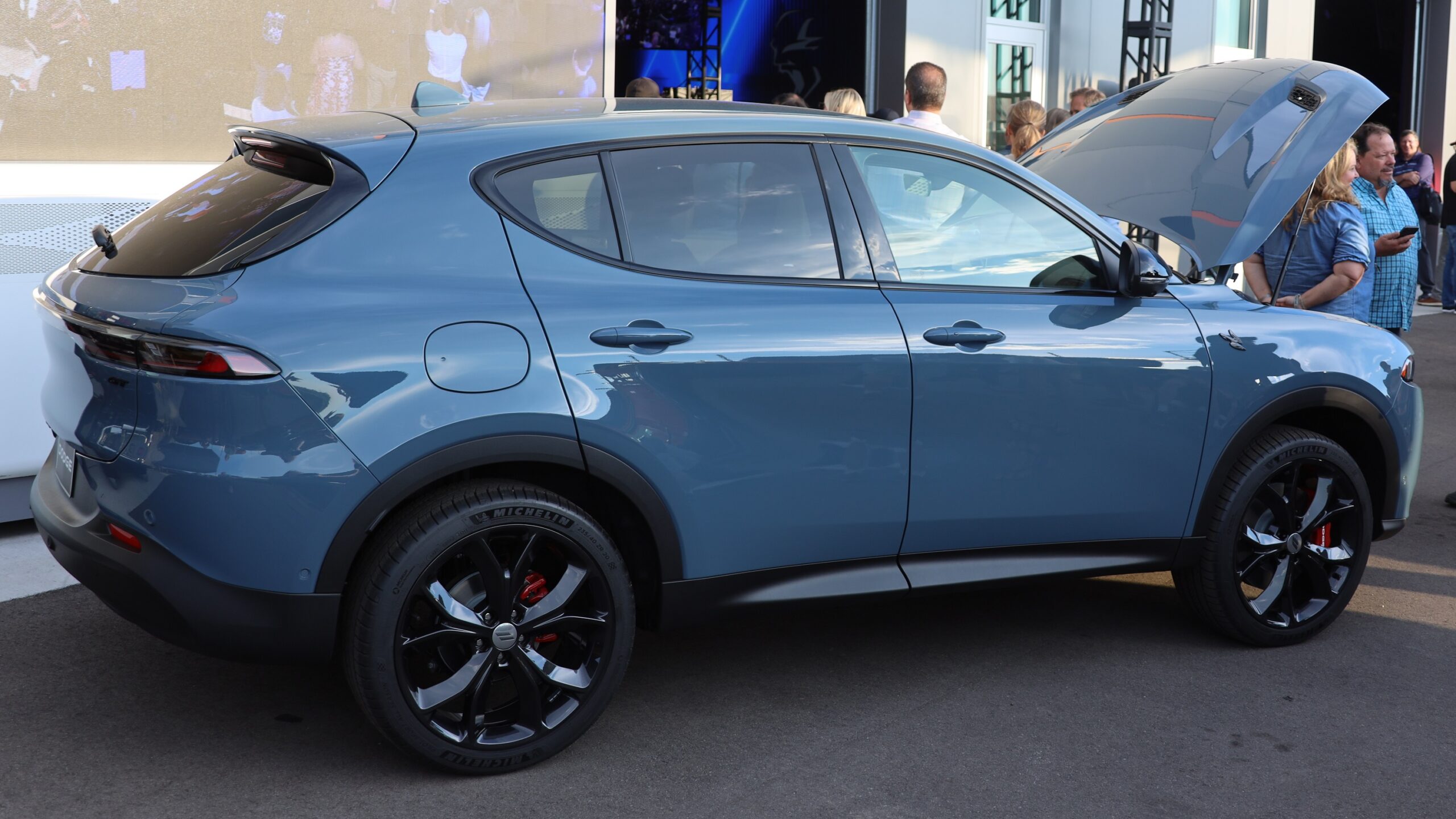
That is extremely good news for the brand, as most of its mainstream sales disappeared in the U.S. and Canada when the Grand Caravan and Journey were discontinued. Dodge’s “People Movers” were the true bread and butter of the brand over the past several years.
Now mind you in 2020, despite the pandemic and the lockdown, Dodge sold a total of 267,328 units for the year in the U.S. Of that total, Grand Caravan and Journey sales made up a total of 79,109 units (or 29.6% of the brand’s sales).
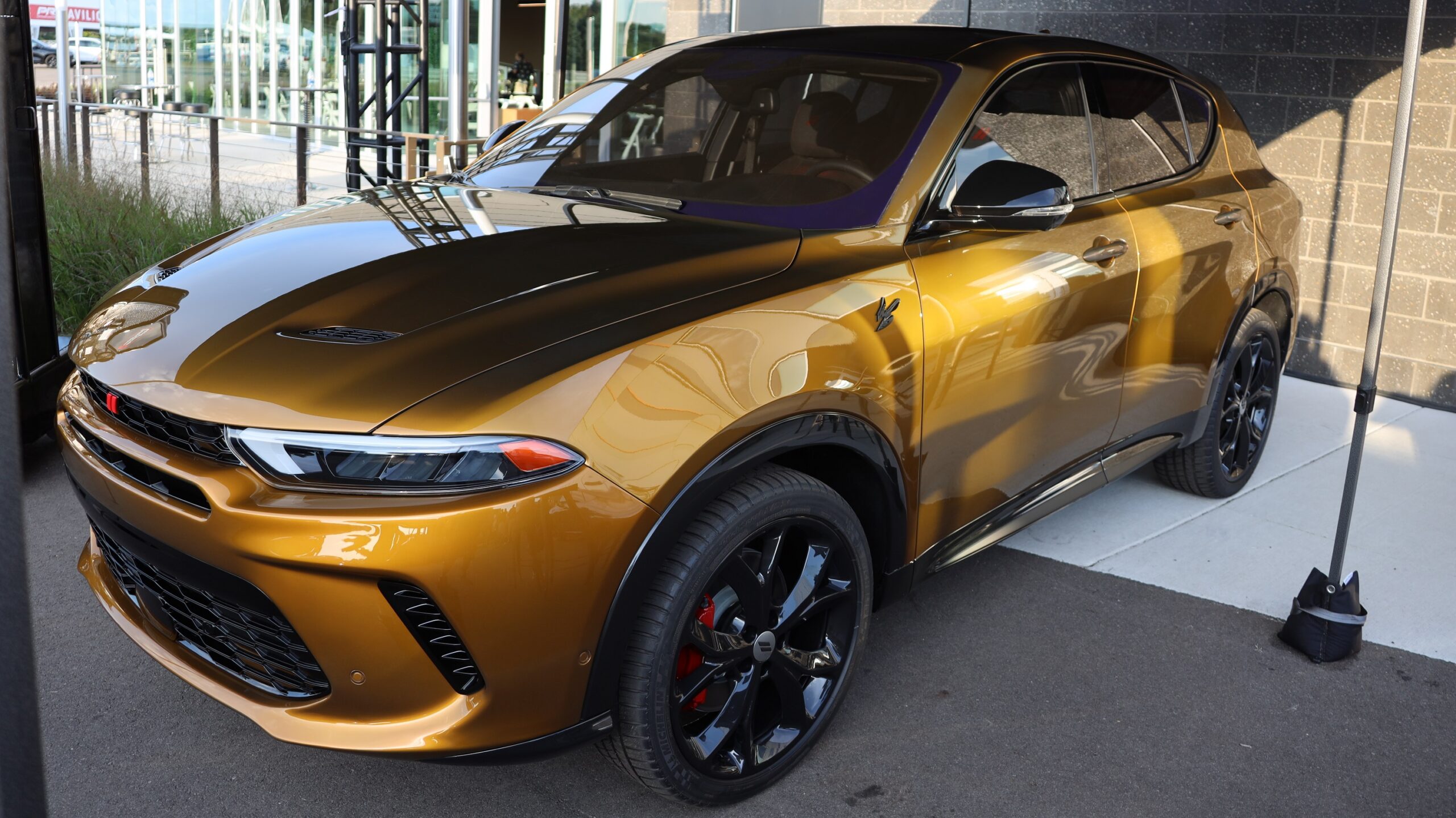
Call it what you want, a rebadged Alfa Romeo Tonale or even a baby Durango. But the Hornet is here to stir up a swarm of sales for Dodge and it looks to be doing so right off the bat.
The only problem we see is the ability of the Giambattista Vico Stellantis plant in Pomigliano d’Arco, Naples, Italy that is building the Hornet, to keep up with demand and be sure that vehicles can be delivered to the North American region in a timely manner. Time will tell…
The Dodge Hornet GT will begin arriving in dealer showrooms in late 2022, with the Dodge Hornet R/T PHEV scheduled to hit showrooms in spring 2023.


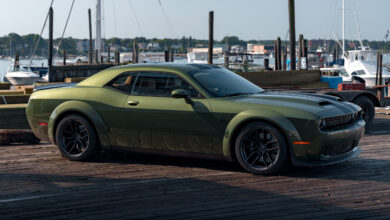

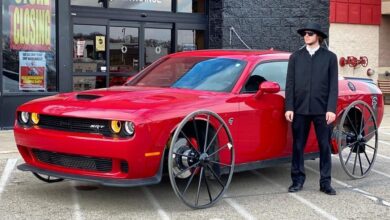

1 reply
Loading new replies...
Join the full discussion at the Mopar Insiders Forum →